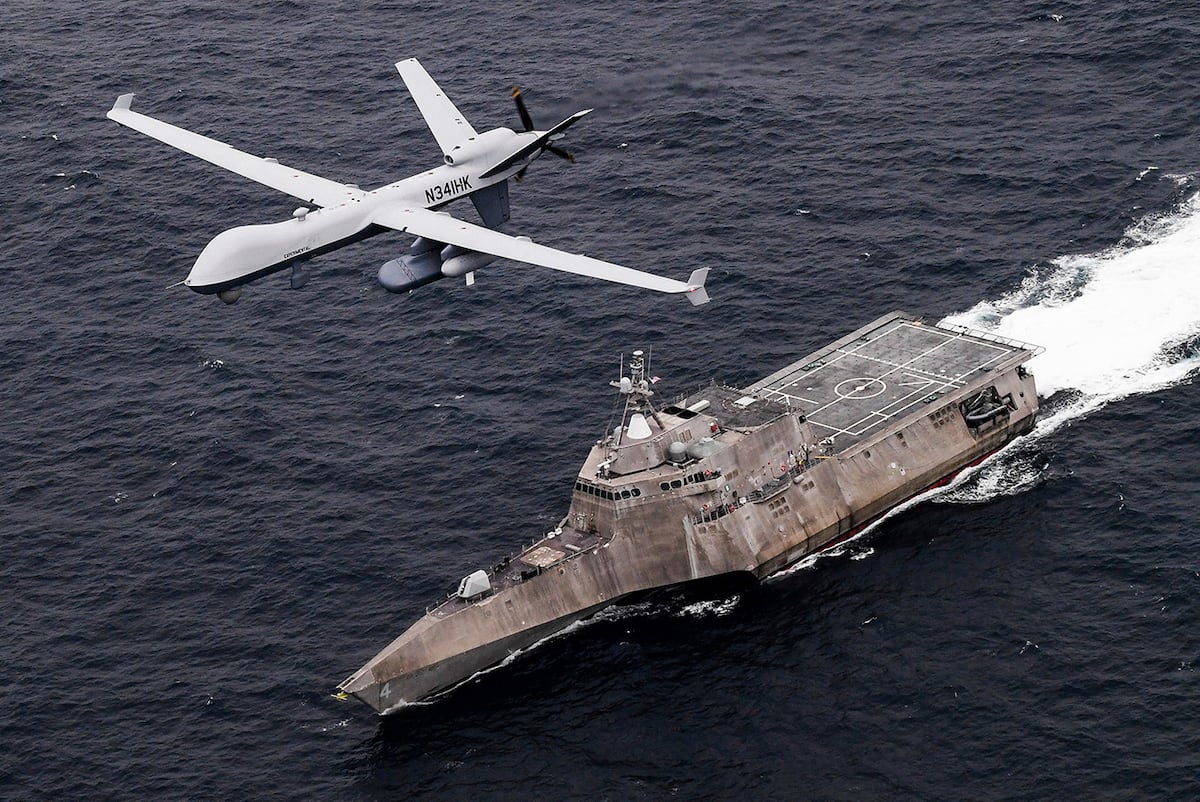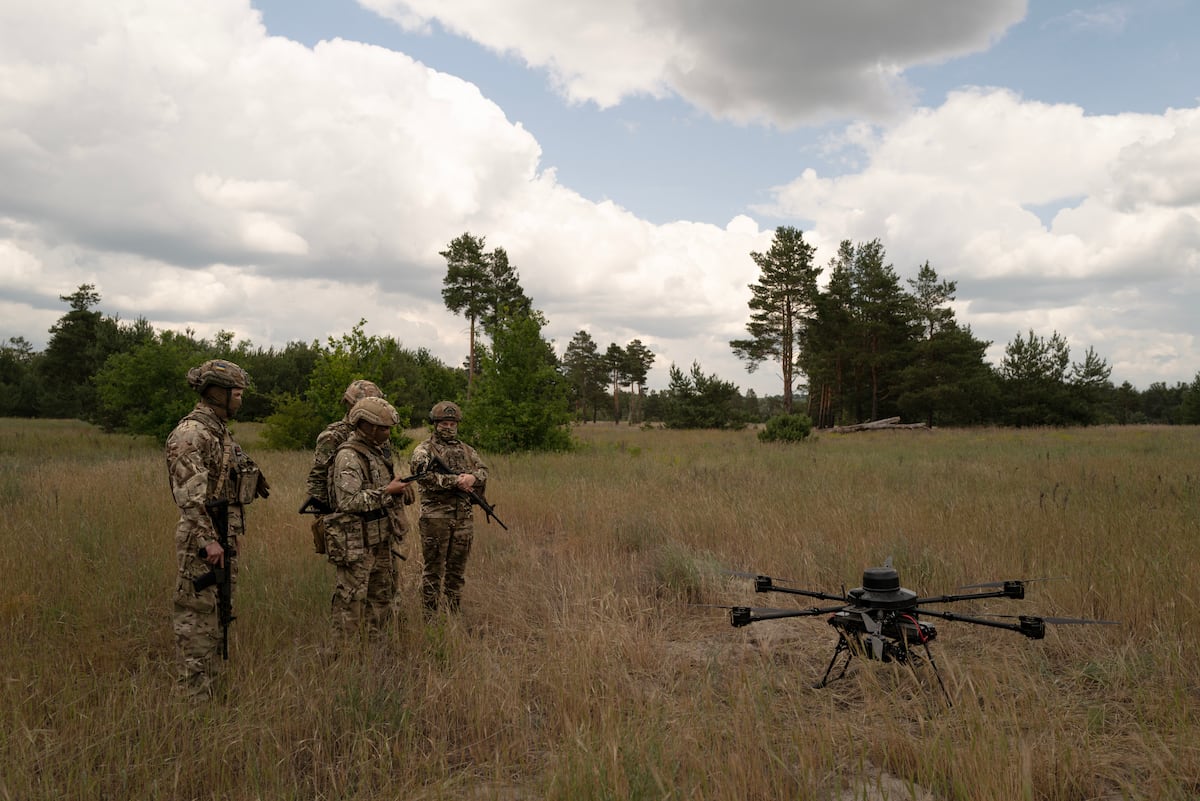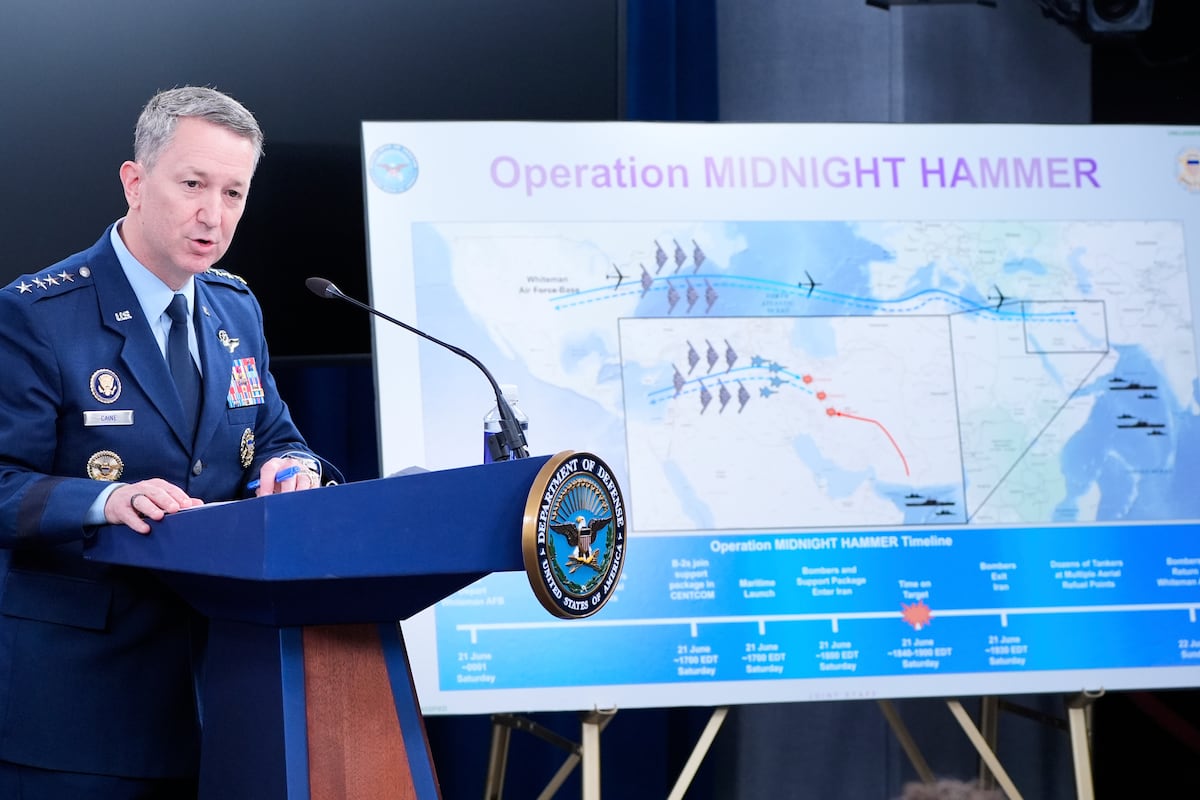CHRISTCHURCH, New Zealand — Following a fatal crash in January, India’s entire fleet of Dhruv Advanced Light Helicopters – ALH for short – remains grounded, but the military has allowed some to fly after a deadly terrorist attack in Pahalgam, Kashmir, on April 23.
The Indian Army, Air Force, Navy and Coast Guard rely heavily on 330-plus of the rotorcraft workhorses in their fleets. No end to their prolonged suspension is in view while an accident investigation unfolds.
It was therefore notable that some Dhruvs were recently seen flying, suggesting temporary clearance was granted for counterterrorism operations in Jammu and Kashmir.
To date, the ALH fleet manufactured by Hindustan Aeronautics Limited (HAL) has flown 450,000 hours, but the platform has suffered 28 crashes in the past 25 years.
According to HAL, preliminary investigations blamed the latest crash on a swashplate fracture – a transmission part that translates pilot inputs into rotor blade motion.
D.K Sunil, HAL’s chairman and managing director, claimed in February that the ALH design had no fault. “However, we’re working with the Indian Coast Guard to examine their maintenance practices and determine whether any changes are required.”
A final Defect Investigation Committee report is due in May, at which point “we’ll further take a call on the clearance,” Sunil said. Depending on any rectification work required, the ALH fleet may end up being grounded at least six months.
The measure has already strained the military’s fleet and forced the leasing of civilian helicopters as gap fillers.
The grounding has also prompted criticism toward the manufacturer.
Earlier this year, air force head Air Chief Marshal Amar Preet Singh bluntly said: “At the moment, I’m just not confident in HAL.”
He urged the company to “alleviate those worries.”
HAL lashed out in an April 10 press release, calling out “speculative stories with malicious intentions” about safety issues.
The company’s order book backlog has grown to seven years, and it has other helicopter projects on the go. These include the Light Utility Helicopter, which achieved its maiden flight in September 2016. However, serial production is yet to proceed. In the next decade will come more than 300 13-ton-class Indian Multi-Role Helicopters, too.
HAL logged its latest helicopter orders on March 28, with two deals for Prachand Light Combat Helicopters (LCH) – 90 for the army and 66 for the air force.
The two contracts are reportedly worth an equivalent of over $7 billion.
India’s Ministry of Defence said the first LCHs would be delivered three years after contract signature, with production continuing five years thereafter. Furthermore, it is “planned to achieve an overall indigenous content of over 65% during the execution of this procurement,” the government said.
HAL previously delivered 15 limited-series production LCHs to India’s military, the first of these handed over in 2021.
HAL has declared a goal of aircraft exports accounting for 25% of the company’s revenue. However, overseas sales currently account for a mere 1%.
Gordon Arthur is an Asia correspondent for Defense News. After a 20-year stint working in Hong Kong, he now resides in New Zealand. He has attended military exercises and defense exhibitions in about 20 countries around the Asia-Pacific region.
Read the full article here







Leave a Reply